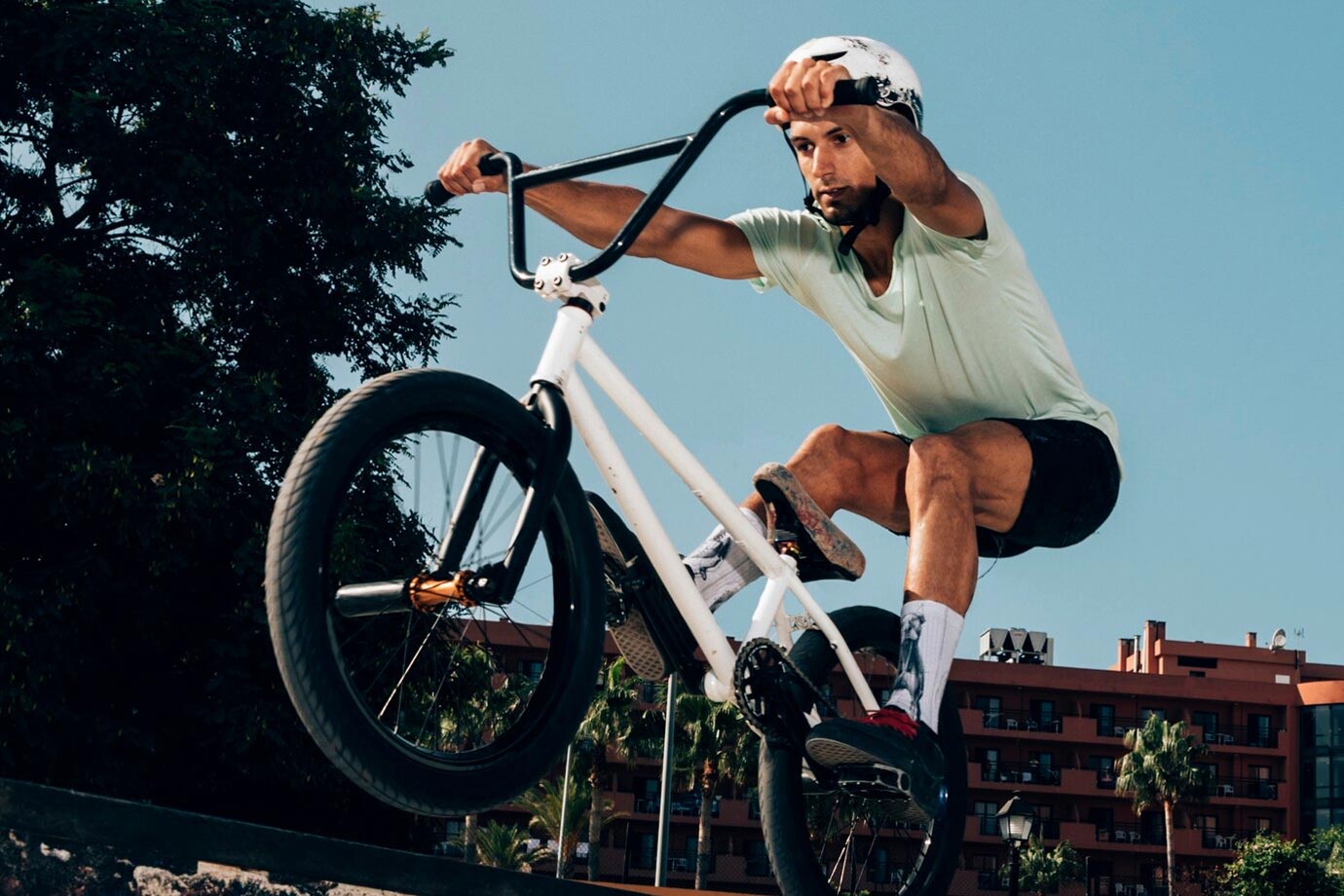Bike fit affects comfort, power output, and injury prevention. Even small adjustments can make significant differences in your riding experience.
Quick Answer: Proper bike fit starts with saddle height at 88-90% of inseam length, measured from bottom bracket to top of saddle. Handlebar height and reach vary by riding style—racers prefer lower positions while recreational riders benefit from more upright postures.
Key Bike Fit Measurements
Professional bike fits use sophisticated tools and motion capture. But you can achieve good results with basic measurements and systematic adjustments.
Critical Fit Points
- Saddle height: Multiply inseam (measured in stocking feet) by 0.883 for starting height
- Saddle fore-aft: Position knee over pedal spindle when crank arm is horizontal
- Saddle tilt: Start level, then adjust up to 3 degrees nose-down if needed
- Handlebar reach: Elbows should have slight bend when hands are on hoods
- Handlebar height: 1-2 inches below saddle for racing, level with saddle for comfort
Adjusting Saddle Height
Start with the calculation method, then fine-tune based on pedaling mechanics. At the bottom of the pedal stroke, your knee should have 25-30 degrees of flex. Too low causes knee pain, while too high leads to hip rocking and hamstring strain.
Make small changes of 2-3mm at a time. Test each adjustment for several rides before making additional changes. Your body needs time to adapt to new positions.
Common Fit Problems
Knee pain often indicates saddle height issues. Pain in front of the knee suggests saddle too low, while pain behind the knee points to excessive height. Saddle too far forward causes quadriceps fatigue, while too far back stresses hamstrings and calves.
Neck and shoulder pain typically result from handlebar position. Raise handlebar height or reduce reach by swapping to a shorter stem. Hand numbness indicates excessive weight on your palms—adjust weight distribution by changing handlebar height or saddle tilt.
When to Get Professional Fit
Consider professional bike fitting if you experience persistent pain despite adjustments, after buying a new bike, or when training for competitive events. Fitters use video analysis and pressure mapping to identify subtle issues affecting performance and comfort.


Leave a Reply